At the U.S. Military Academy, a team of cadets is redefining medical logistics with cutting-edge Drone Technology, addressing critical resupply challenges in rugged and disconnected environments. Supported by the Robotics Research Center (RRC), their work, driven by a real-world request from Keller Army Community Hospital, promises to transform how the Army delivers life-saving supplies, with implications for both military and civilian applications.
Tackling Real-World Challenges
The project began with a practical need: autonomously delivering medication from Keller Army Community Hospital to Camp Buckner, a remote training area 6 miles away with challenging terrain and limited cell coverage.
“Keller approached EECS saying, ‘Hey, we want a drone to take medicine from Keller to Buckner so we don’t have to use Humvees and manpower,’” said Cadet Anant Sabata, a computer science major.
The cadets reportedly broke the challenge into platform design, technology integration, and regulatory compliance, balancing innovation with operational constraints.
The team’s $160,000 unmanned aerial system (UAS) features advanced capabilities like thermal imaging and GPS waypoint navigation for fully autonomous flights. However, cadets also built cost-effective drones from scratch, using carbon fiber frames and motors sourced online for just $1,000.
“Our first project was to have them build a drone from the ground up,” said Robotics Research Engineer Jordan Beason. This hands-on approach ensured cadets mastered drone mechanics before scaling to smarter systems.
Designing for the Battlefield
Cadet Daniel Orfao, a former Army combat medic, brought a critical perspective, shaping the drone’s design to address battlefield realities. “I had concerns about delivering in active zones—what if the drone gets shot down? What if the meds need to be temperature-controlled?” he said. These insights led to features like secure, temperature-regulated payloads. Cadet Jacob Crossman ensured HIPAA compliance with a password-protected lock system, safeguarding sensitive medical cargo.
The team also navigated complex regulatory hurdles. Initially using a custom-built drone, they switched to a contracted platform with an existing airworthiness memo, saving two months of paperwork. “Policy was our biggest issue,” Sabata noted. To secure campus flight approvals, cadets presented a detailed air mission brief to senior leadership, showcasing their ability to operate within strict military protocols.
Beyond West Point: A Vision for the Future
The project’s implications extend far beyond West Point’s 16,000-acre campus. “We saw Keller’s need operationally, and how many parallels it had for just big Army in general,” Beason said. Autonomous drones could revolutionize medical resupply in combat zones or disaster areas, where traditional logistics falter. With 350 cadet-led projects showcased at West Point’s 2025 Research Symposium, this initiative highlights how academic innovation can meet real-world military needs.
The cadets’ work also prepares them for leadership in a tech-driven Army. “It’s not just about building stuff,” Sabata said. “It’s about learning what the regulations are, how to work within them, and where you can push the envelope without breaking anything.” Their interdisciplinary collaboration—blending computer science, biology, and social sciences—mirrors the teamwork required of future officers.
DroneXL’s Take
This cadet-led breakthrough underscores the transformative potential of drones in high-stakes environments, blending affordability with cutting-edge capability. The shift from $160,000 systems to $1,000 hand-built drones democratizes access to life-saving technology, a game-changer for military and humanitarian missions. With their grit and ingenuity, these cadets aren’t just building drones—they’re crafting a future where technology saves lives under fire. For drone professionals and enthusiasts, this project is a rallying cry: innovation thrives where necessity meets hands-on expertise. Keep an eye on West Point’s 2025 Symposium for more boundary-pushing ideas.
Photos courtesy of West Point / U.S. Military.
Discover more from DroneXL.co
Subscribe to get the latest posts sent to your email.









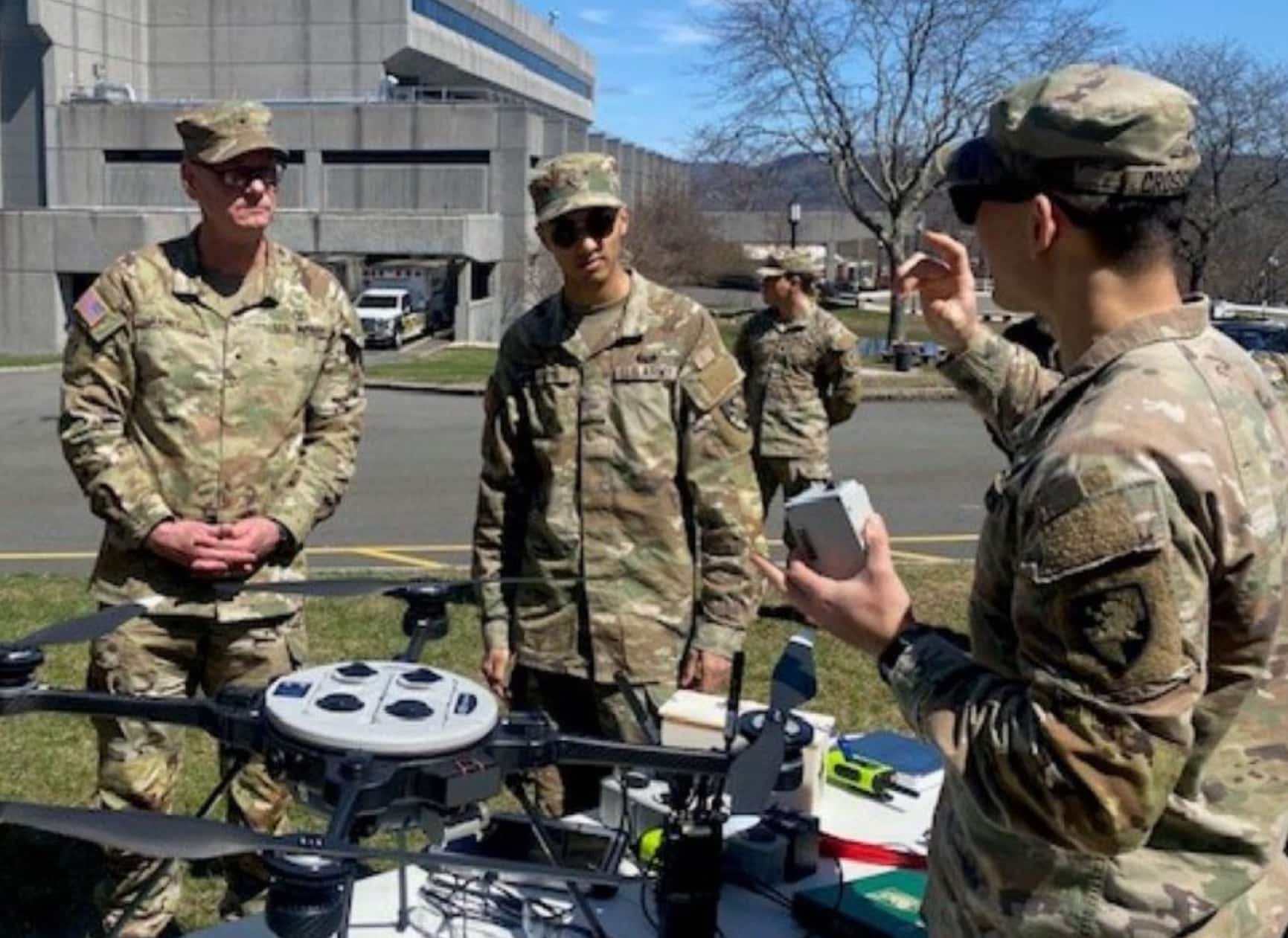


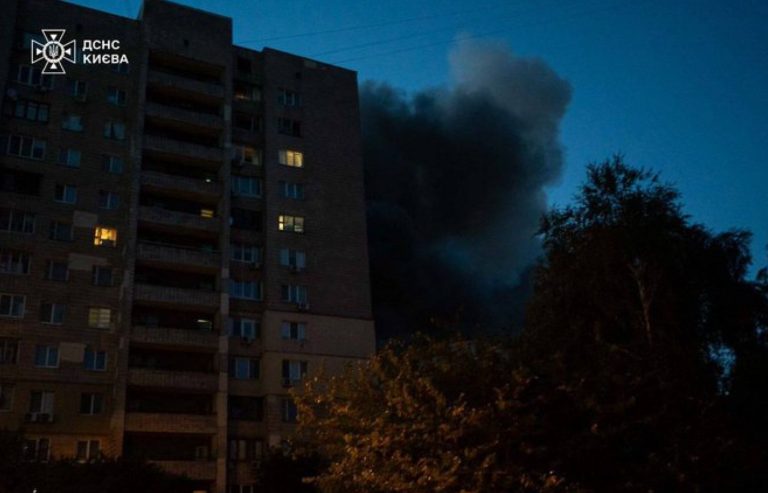
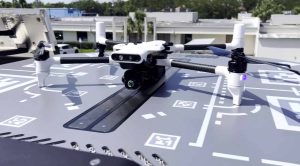
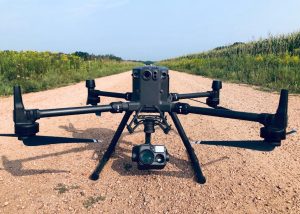

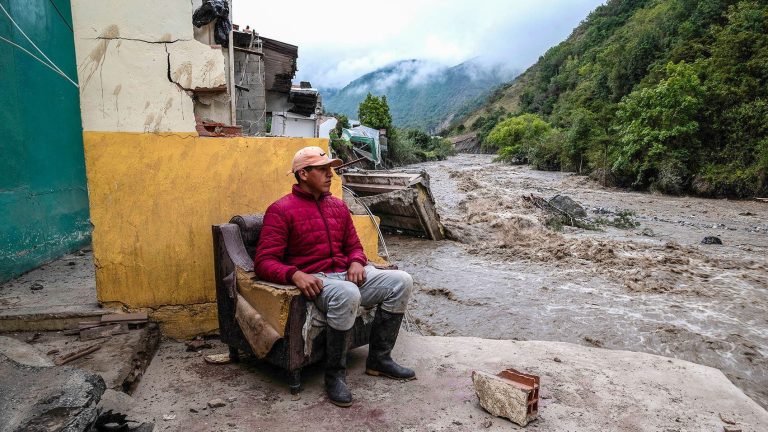



+ There are no comments
Add yours